14 Nations That Could Shut The Door On Tourists Soon

Traveling to your favorite destinations might get tougher in the near future. Several countries are considering strict measures to control tourism due to environmental concerns, security issues, or overcrowding problems.
These changes could include higher entry fees, limited visitor quotas, or even seasonal closures of popular landmarks.
Staying informed now can help you adjust your travel plans before these restrictions take effect.
1. Bhutan Entry Limits

The Himalayan kingdom recently hiked its daily tourist tax to $200 per person. Officials worry about preserving their unique culture and pristine environment from mass tourism effects.
Visitor numbers could face further cuts as Bhutan strengthens its “high value, low volume” tourism approach. The government aims to attract wealthy travelers while discouraging budget tourists.
If you dream of visiting this Buddhist paradise, consider planning your trip soon. Stricter quotas might be implemented within months, making this mystical destination even more exclusive than it already is.
2. Spain’s Eco-Tax Measures
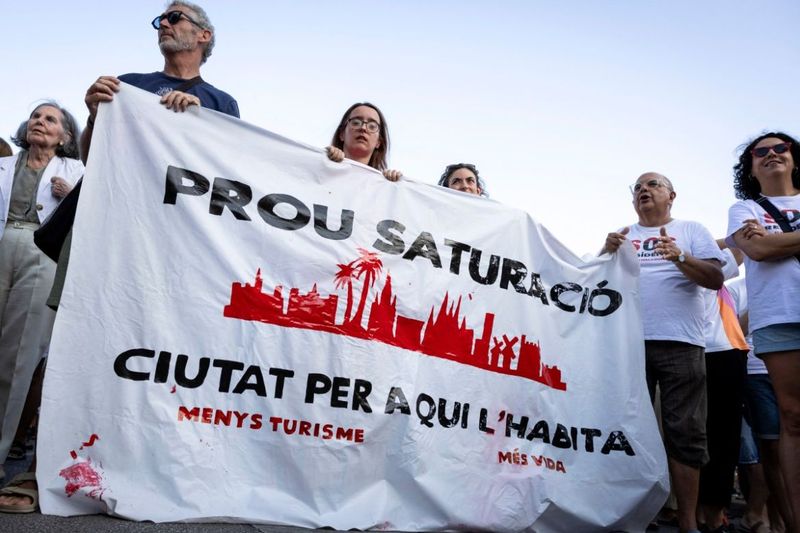
Barcelona and the Balearic Islands have already introduced tourist taxes, but more restrictive measures are coming. Locals in these Spanish hotspots are increasingly frustrated with overtourism destroying their quality of life.
Mallorca residents recently protested against water shortages and housing crises caused by millions of annual visitors. The government is now considering visitor caps and dramatically higher sustainability fees.
Would you pay triple the current tourist tax to visit Spain? That might be the reality soon as authorities work to balance tourism income with environmental protection and local needs.
3. India-Pakistan Border Closures

Political tensions between these neighboring countries frequently result in sudden border closures. Recent military incidents have escalated the situation, making cross-border tourism increasingly uncertain.
The famous Wagah border ceremony continues to attract visitors, but security concerns could shut down this spectacle with little warning. Military buildups along disputed territories suggest more severe restrictions may be implemented.
Are you planning to visit Kashmir or other border regions? Travel advisories change rapidly, and complete border shutdowns for tourists could become permanent if relations deteriorate further.
4. France Border Checks
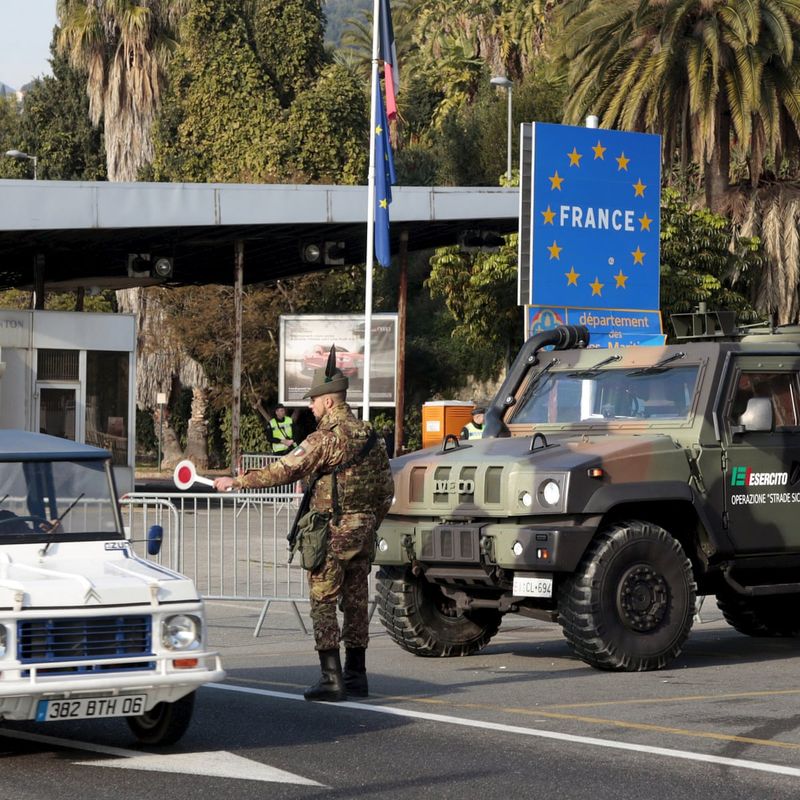
Security concerns following terrorist incidents have prompted France to reinstate border controls within the Schengen Area. Though temporary, these measures keep getting extended and could become permanent.
Travelers now face longer wait times at French entry points. The government recently announced plans to enhance these checks further ahead of the 2024 Olympics.
Did you know France can legally maintain these “temporary” controls for years? With rising security concerns across Europe, the days of seamless travel to this popular destination might soon end, requiring advance planning and longer border processing times.
5. Greece Cruise Caps
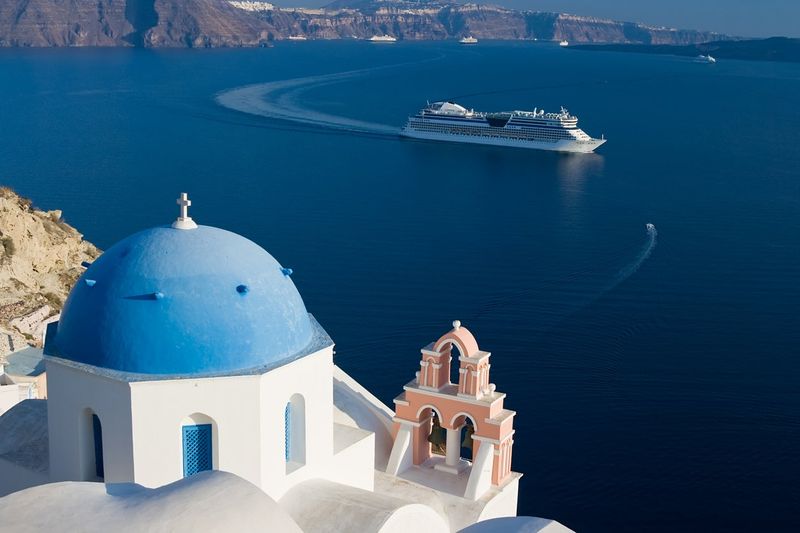
Once idyllic, Santorini and Mykonos now struggle under the pressure of mass tourism, as cruise ships unload waves of day-trippers that overwhelm their narrow streets.
Local authorities have begun limiting cruise arrivals to just a few ships daily. This cap will likely tighten further as residents push for stronger measures to protect their islands’ infrastructure.
When I visited last summer, locals told me they want quality tourism, not quantity. If you’re dreaming of a Greek island getaway, land-based stays might soon be your only option as cruise access becomes increasingly restricted.
6. Latvia’s Russian Ban
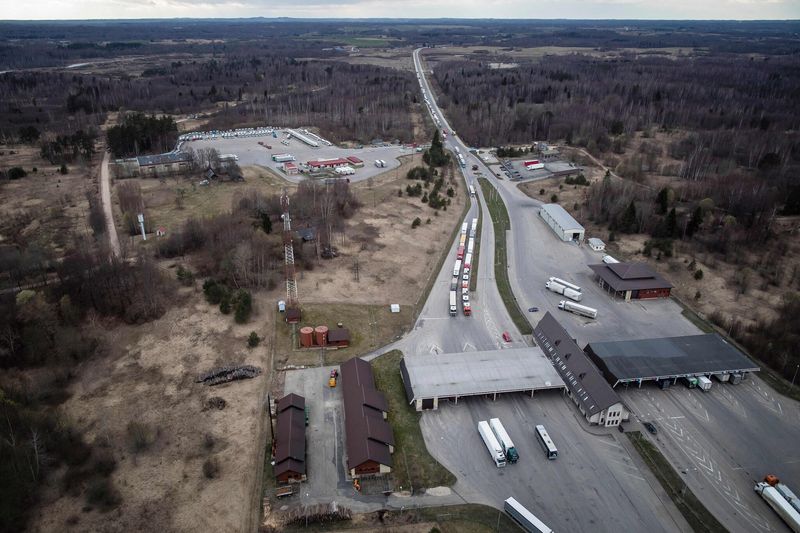
Latvia has completely suspended tourist visas for Russian citizens due to the ongoing Ukraine conflict. This Baltic nation views tourism restrictions as part of broader security measures against potential threats.
The government has indicated these bans could expand to include dual citizens and those with connections to Russia. Border guards now conduct extensive background checks on travelers from neighboring countries.
Though currently targeted at specific nationalities, Latvia’s approach signals a willingness to implement broad entry restrictions based on geopolitical concerns. Similar measures could spread to other Baltic states and Eastern European nations concerned about security.
7. Germany Migration Controls
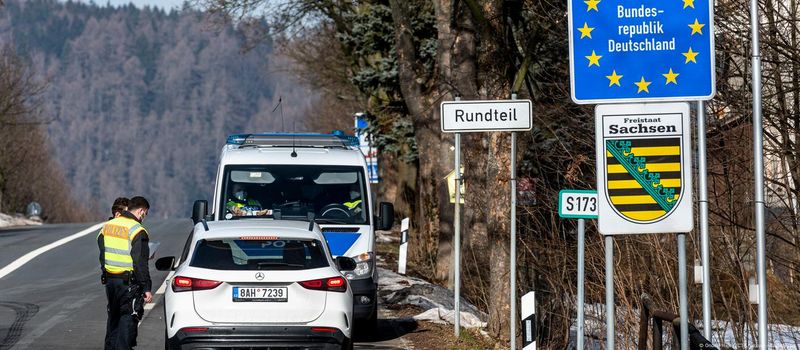
Newly introduced border controls in Germany affect key entry points from neighboring countries, including Poland, Czechia, and Switzerland, complicating travel plans for visitors.
Chancellor Scholz has suggested these controls might become permanent if migration pressures continue. Border police now conduct random checks on trains, buses, and roads entering the country.
How will this affect your European vacation? If you’re planning a multi-country trip including Germany, prepare for longer transit times and additional documentation requirements. The days of seamless travel through this central European hub could be ending.
8. Norway Reinstates Checks
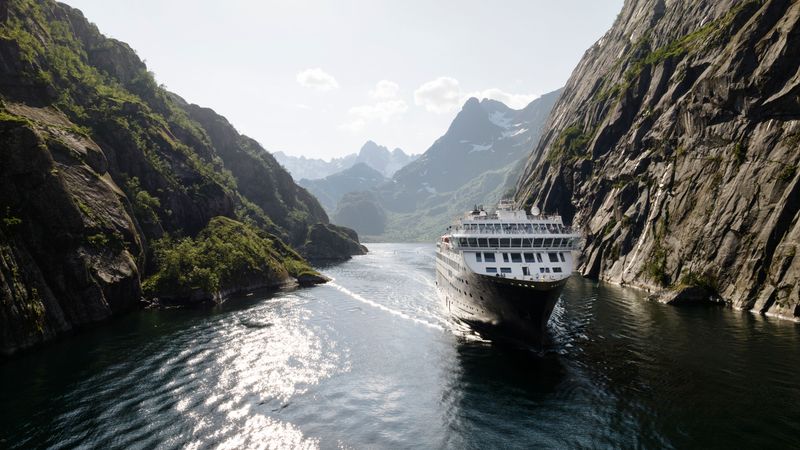
Despite its natural beauty and popularity with travelers, Norway has tightened its border policies, recently extending controls and signaling a possible long-term shift.
Cruise ships now face enhanced screening procedures before passengers can disembark. Environmental concerns about cruise pollution have added another layer to these restrictions.
If you’re dreaming about the Northern Lights or spectacular fjord views, plan accordingly. Norway might soon implement a tourism quota system similar to what’s being considered in neighboring Iceland, limiting the number of daily visitors to protect its natural wonders.
9. Slovenia Tightens Borders

This small European gem is taking big steps to control tourism flow. Slovenia’s government recently implemented spot checks along its borders with Croatia and Italy, creating unexpected delays for travelers.
Lake Bled and Ljubljana have seen tourism numbers double in five years, straining local infrastructure. Officials now discuss implementing daily visitor quotas for popular destinations and natural parks.
Though less publicized than restrictions in larger countries, Slovenia’s measures could be among Europe’s strictest. The emphasis on sustainable tourism means fewer visitors but higher fees, potentially closing the door on budget travelers seeking to explore this affordable European destination.
10. Austria’s Balkan Route
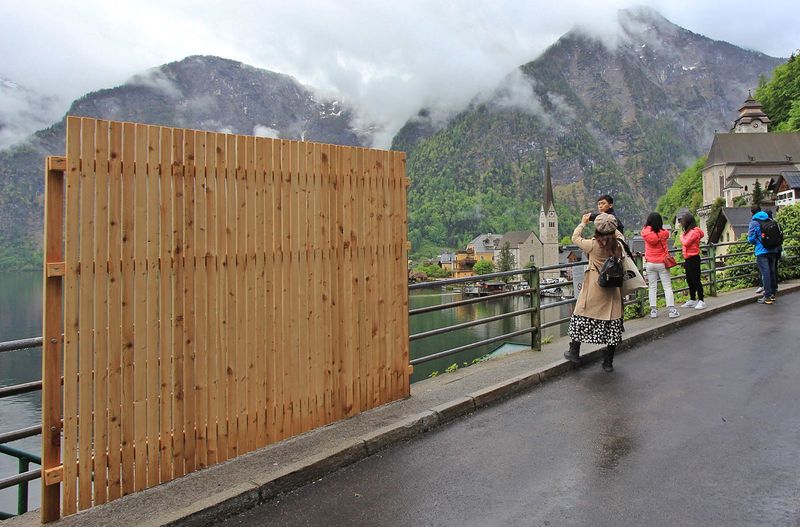
Increased security efforts along Austria’s southeastern borders have led to longer wait times and added scrutiny for tourists following traditional Balkan travel routes.
Historical towns like Hallstatt have become so overwhelmed with tourists that officials are considering access restrictions. The government plans to implement a reservation system for popular destinations, limiting daily visitors.
Many travelers don’t realize Austria’s border policies can change overnight. If you’re planning an Alpine adventure, monitor the situation closely – especially if your itinerary includes crossing from Hungary, Slovenia, or Slovakia, where controls are strictest.
11. Denmark Ferry Inspections
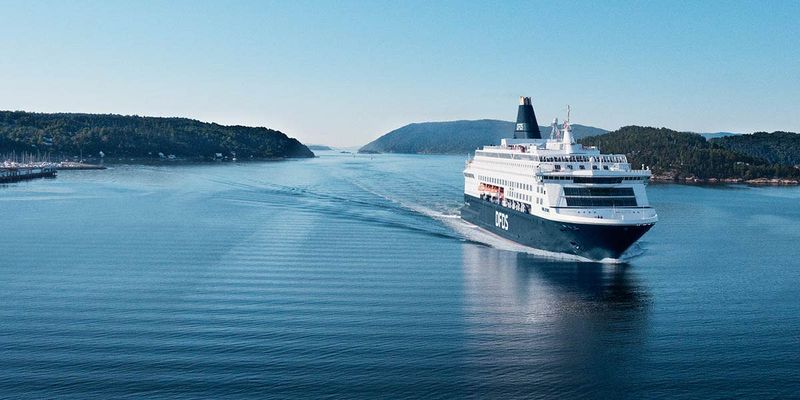
Ferry passengers arriving in Denmark from Germany or Sweden now face systematic ID checks, as the country continues to extend its border control measures.
Copenhagen’s popularity as a tourist destination has grown exponentially, leading to discussions about implementing a tourist tax. Officials worry about preserving the city’s character amid growing visitor numbers.
Have you considered visiting Denmark soon? The famous Danish hospitality remains, but the ease of access is changing. Travelers from neighboring countries now report delays of up to two hours during ferry crossings that were previously seamless, and these inspections could soon extend to all entry points.
12. Sweden ID Requirements

In a move that surprised both locals and tourists, Sweden now requires identification from all visitors, effectively ending decades of seamless Nordic travel.
The midnight sun and northern wilderness continue attracting nature enthusiasts, but access is becoming more regulated. National parks are implementing visitor caps to protect fragile ecosystems from overtourism.
Swedish officials have hinted that future measures might include tourism taxes and advanced registration requirements. Though still welcoming, Sweden is clearly moving toward a more controlled approach to tourism, potentially limiting spontaneous visits and budget travel options in the coming years.
13. Iceland Visitor Limits
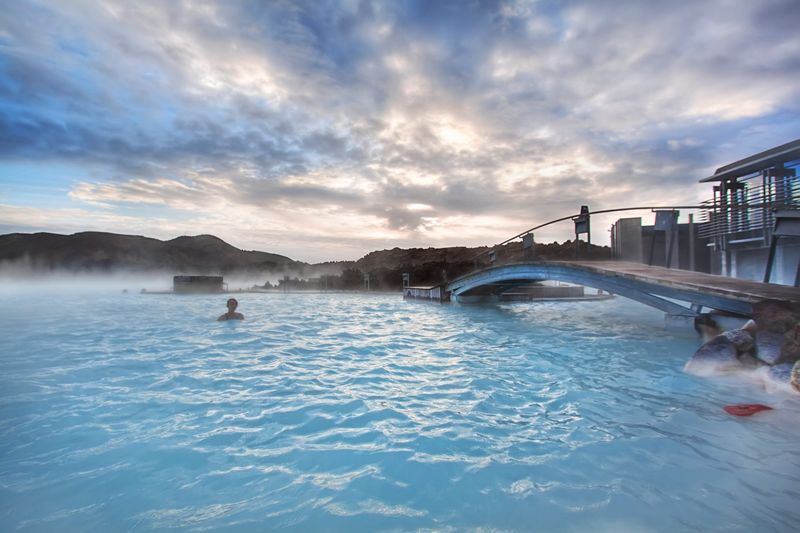
The viral appeal of Iceland’s landscapes has come at a cost, and officials are now preparing to enforce daily limits at major attractions to ease environmental pressure.
Volcanic activity has closed some areas indefinitely, and officials use these closures to test reservation systems. The tourism ministry recently proposed doubling the existing nature tax for all visitors.
My friend visited last month and had to book viewing times for certain waterfalls weeks in advance. This reservation system will likely expand nationwide as Iceland struggles to balance tourism income with environmental protection, potentially making spontaneous trips impossible in the near future.
14. Maldives Environmental Measures
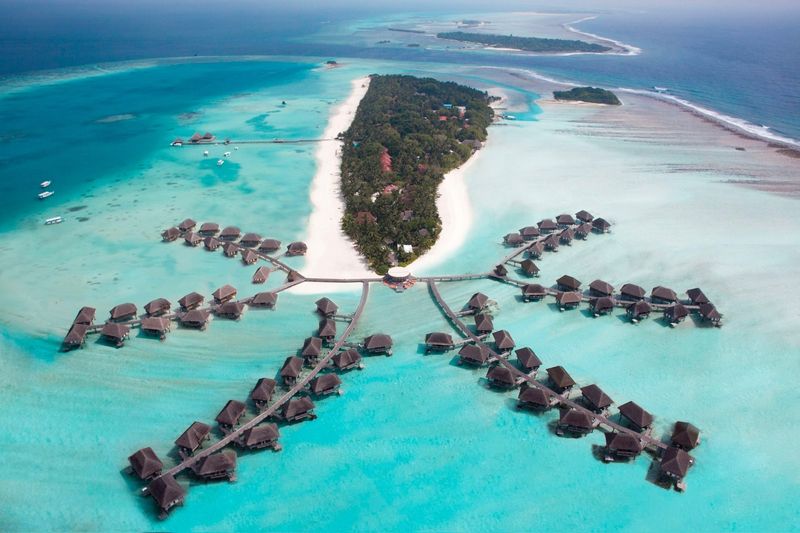
Rising sea levels threaten this paradise of overwater bungalows. The Maldivian government is considering limiting tourist numbers to reduce environmental impact and preserve their fragile coral ecosystems.
Several islands have already implemented strict visitor quotas and banned single-use plastics. The tourism ministry recently announced plans for a significant increase in the green tax collected from all visitors.
If crystal-clear waters and white sand beaches call your name, consider visiting sooner rather than later. The combination of climate change threats and new protective measures means the Maldives might soon become even more exclusive, with fewer resorts operating under stricter environmental regulations.
